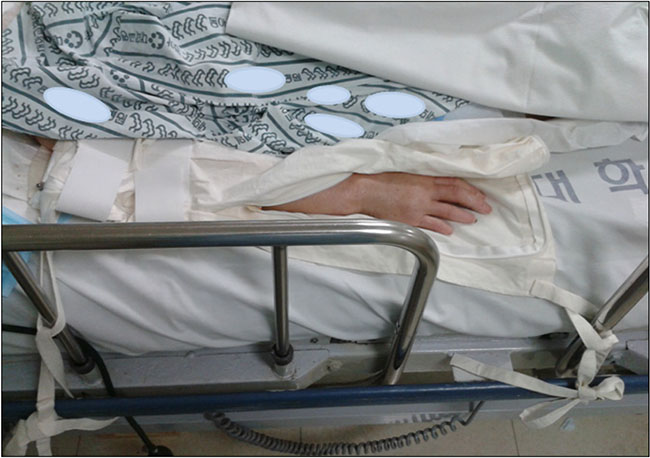1Dong-A University Medical Center, Busan, Korea.
2Department of Nursing, Dong-A University, Busan, Korea.
© 2013 Korean Society of Adult Nursing

Exp.=experimental group; Cont.=control group; DM=diabetes mellitus I/O=Intake/output KHNA=Korean hospital nurses association
Exp.=experimental group; Cont.=control group; ROM=range of motion.
Exp.=experimental group; Cont.=control group; G=group; T=time.
Exp.=experimental group; Cont.=control group.
Exp.=experimental group; Cont.=control group; DM=diabetes mellitus I/O=Intake/output KHNA=Korean hospital nurses association
Exp.=experimental group; Cont.=control group; ROM=range of motion.
Exp.=experimental group; Cont.=control group; G=group; T=time.
Exp.=experimental group; Cont.=control group.